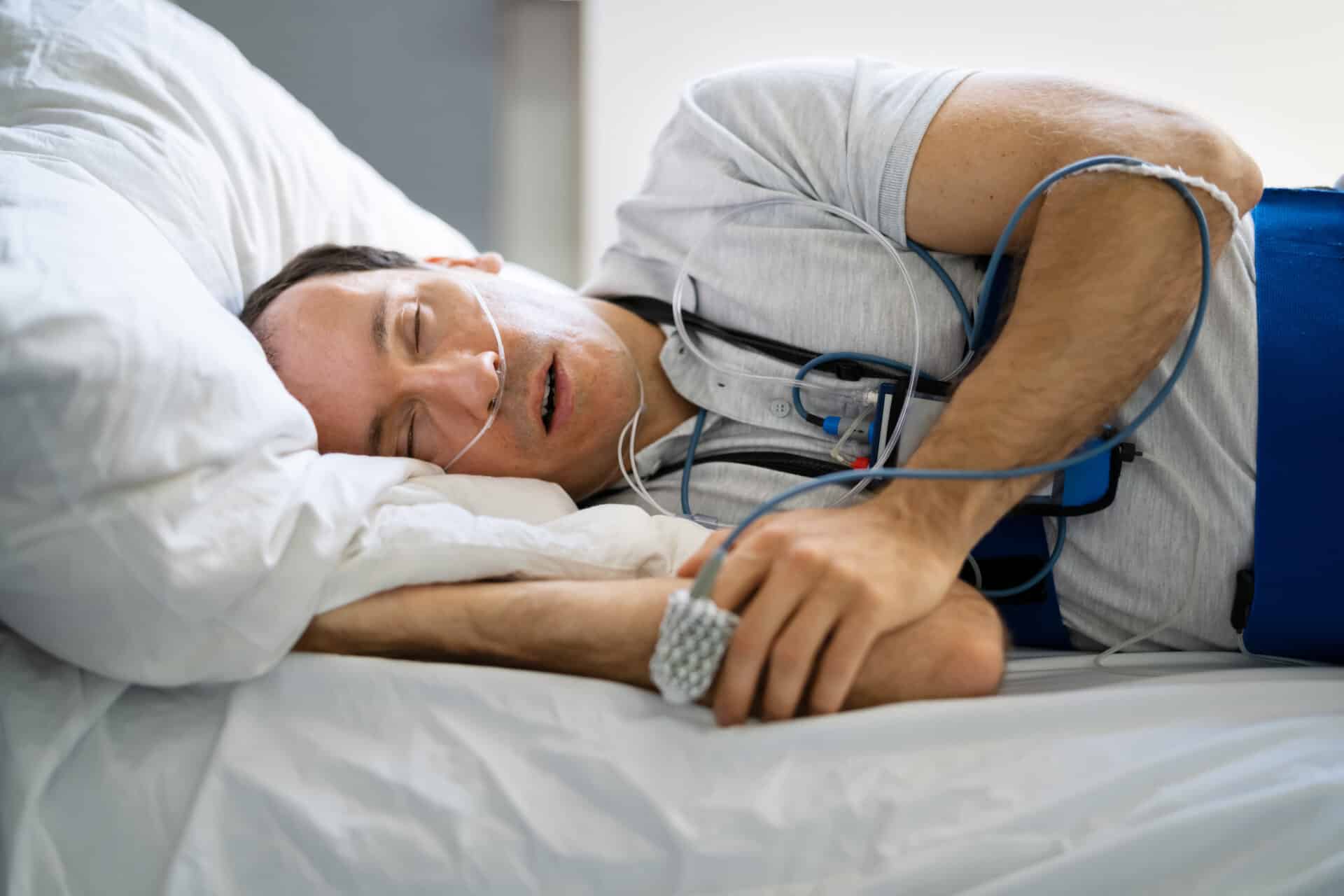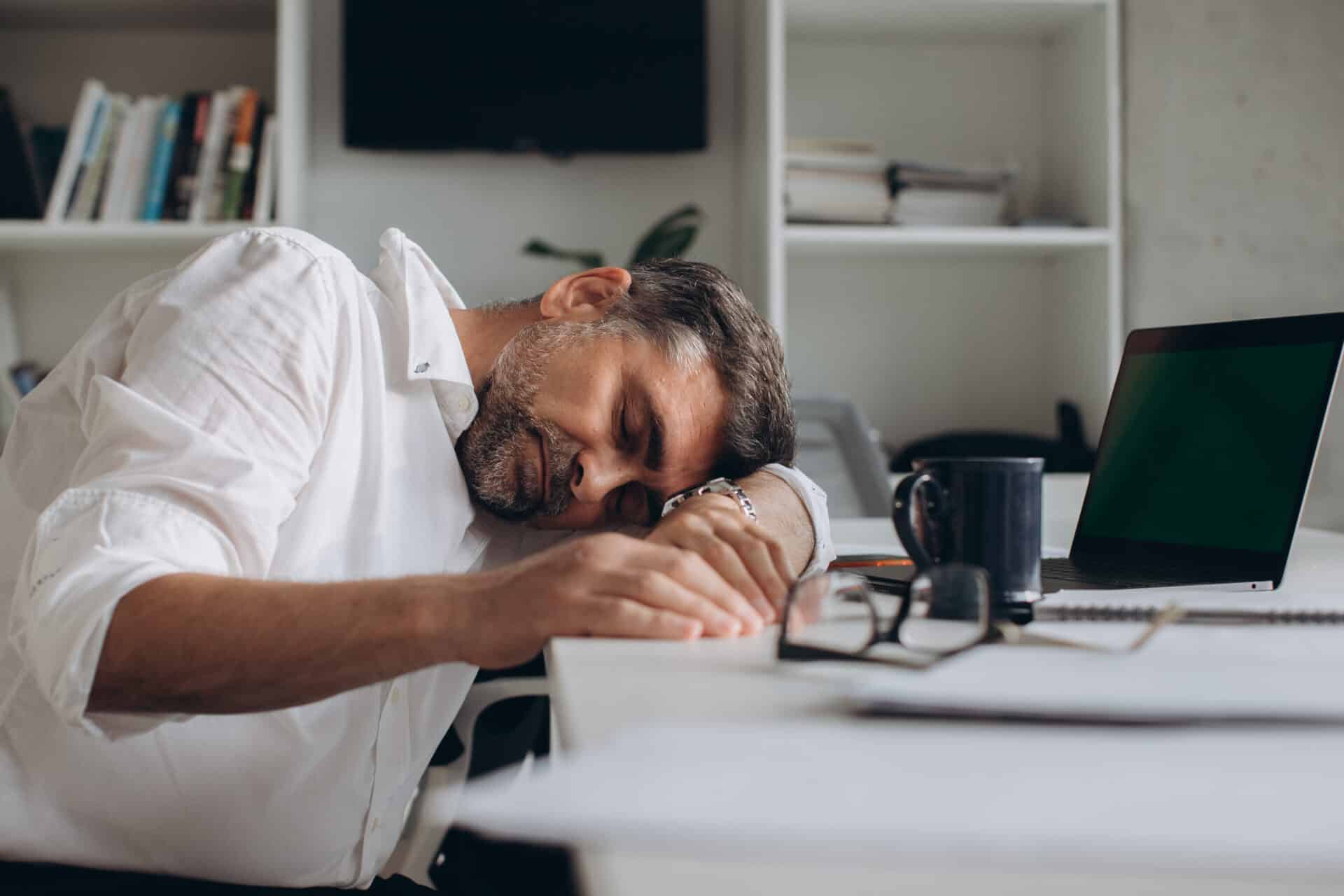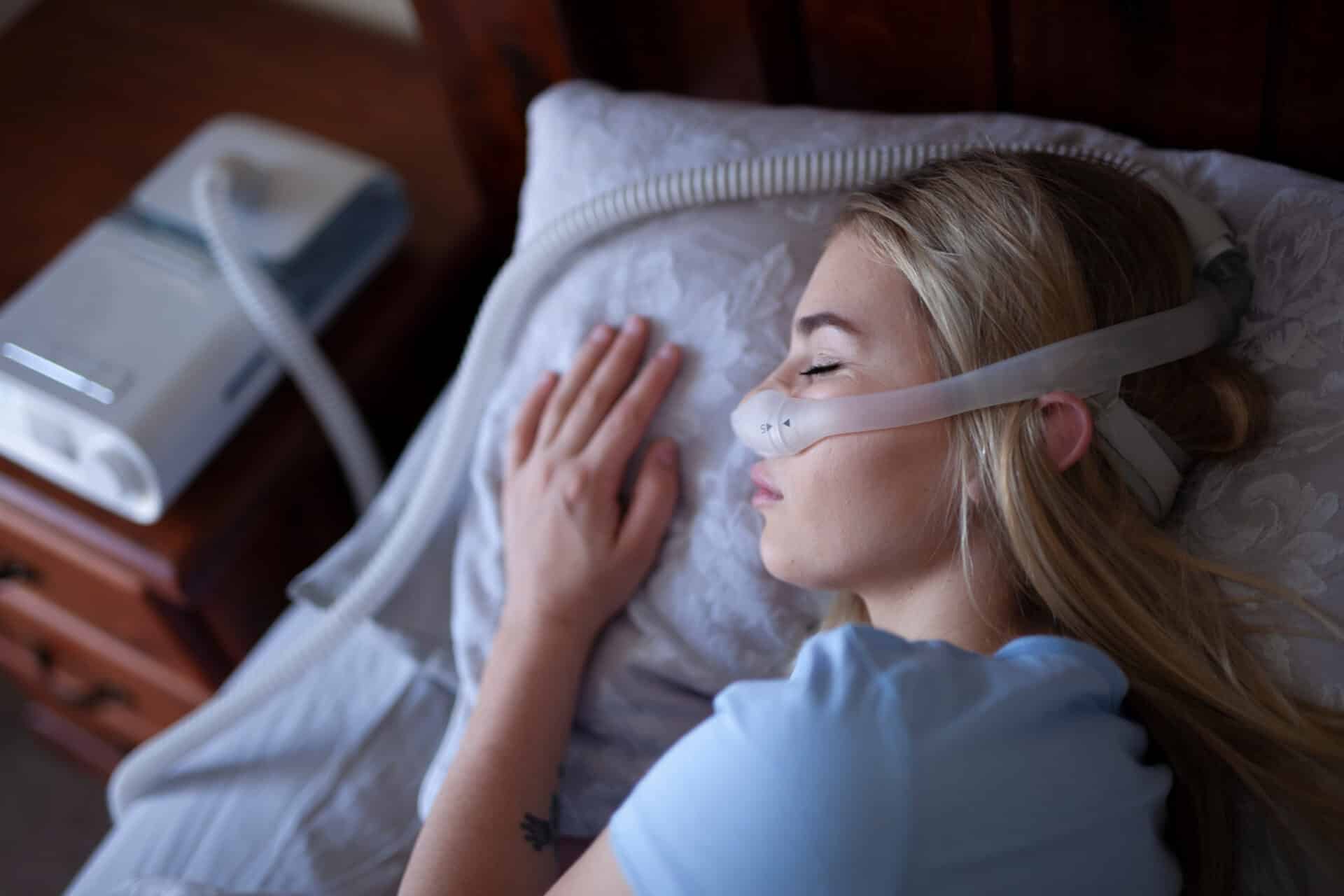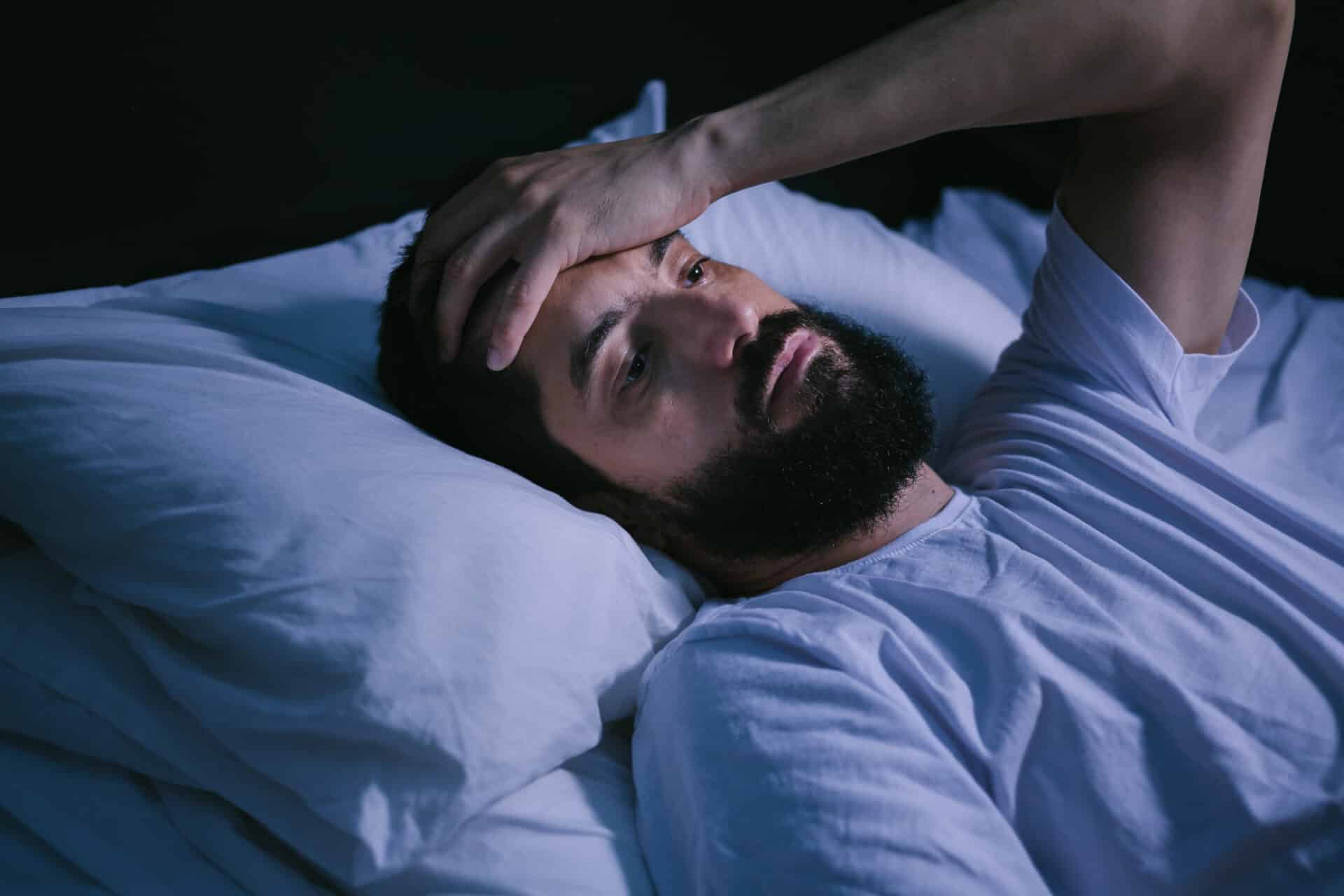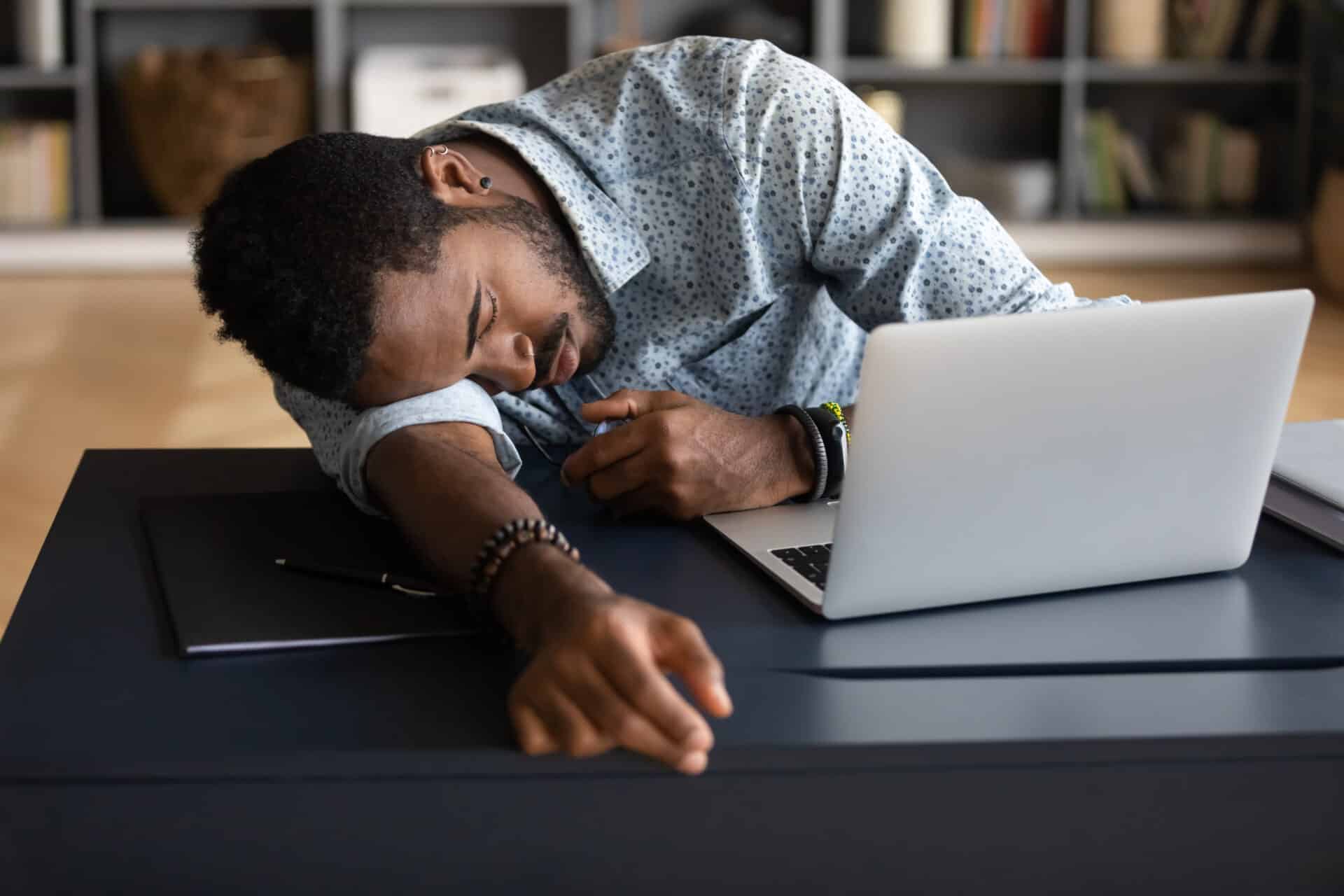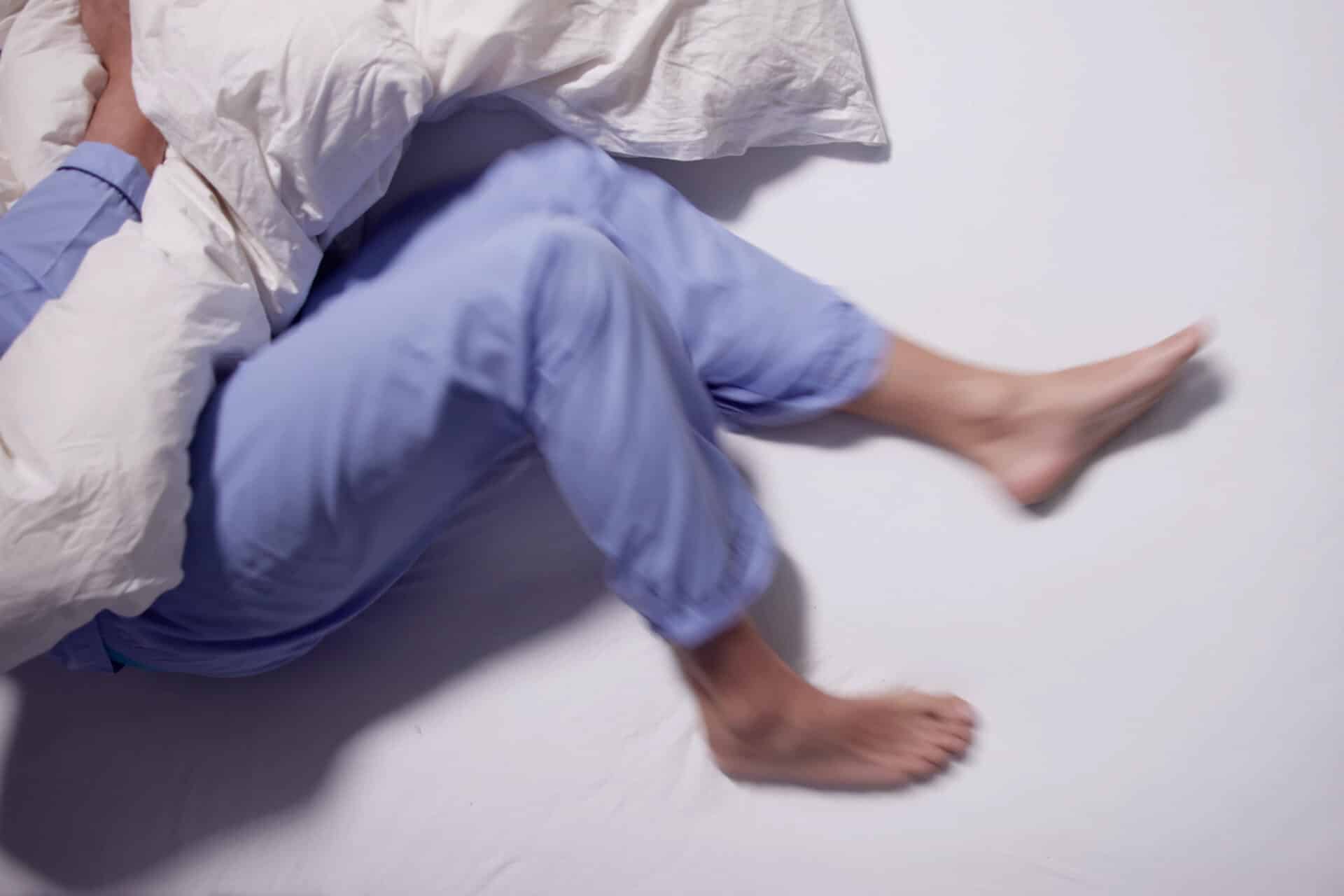The Gold Standard in Sleep Tests
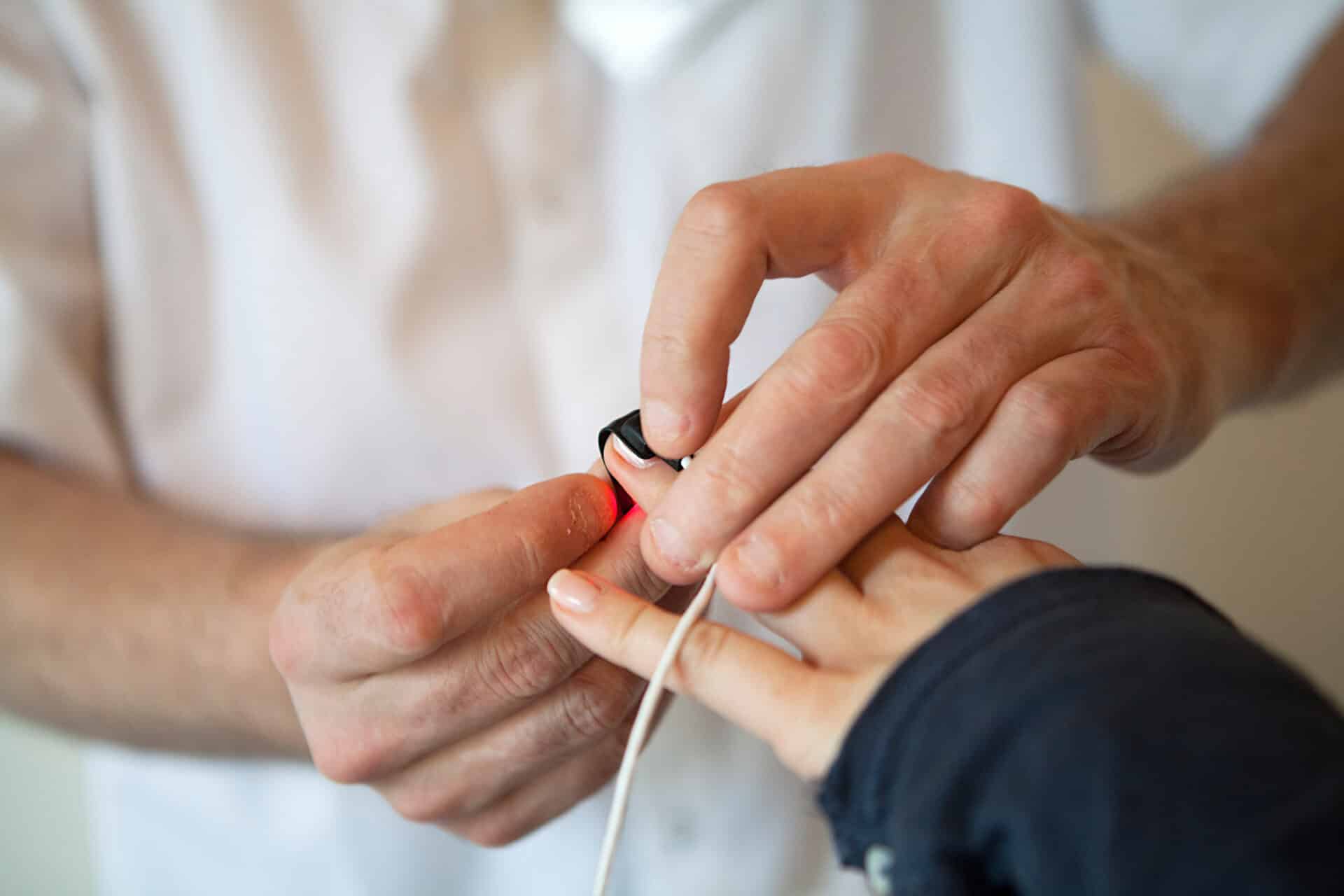
Overnight Sleep Studies
(Polysomnograms)
The first step in determining what’s preventing you from getting healthy, restful sleep is usually an overnight sleep study, properly called a polysomnogram.
Sleep Practitioners performs overnight sleep studies at our Macon, Warner Robins, Thomaston, and Cordele offices.
What Is an Overnight Sleep Study?
During a sleep study, you’ll spend the night at one of our sleep clinics. You’ll be connected to specialized equipment that allows us to record various measurements, including:
- Brain activity
- Eye movements
- Airflow through nose and mouth
- Breathing effort and rate
- Blood oxygen level
- Heart rhythm and rate
- Leg movement
You’ll also be observed overnight by one of our sleep technicians , who will note anything that might be keeping you from getting good sleep.
What Is an Overnight Sleep Study Used to Diagnose?
Polysomnograms are helpful for diagnosing a wide variety of sleep disorders, including:
- Obstructive sleep apnea
- Central sleep apnea
- Narcolepsy
- Some types of Insomnia
- Sleep paralysis
- Night terrors and nocturnal panic attacks
- Periodic limb movement disorder
- REM behavior disorder
What to Expect During a Sleep Study
You’ll arrive at our clinic a few hours before your usual bedtime. Our team will show you into your private bedroom and connect you to a number of diagnostic tools:
- A few small electrodes attached to your head will measure your brain activity and record when you enter each of the four distinct phases of sleep.
- An airflow meter will be attached to your upper lip to measure how much air you’re taking in with each breath.
- A band around your chest will measure your heart rate, breathing rate, and how much effort is required for each inhalation and exhalation.
- A small device clipped on the end of one finger will measure the oxygen level of your blood throughout the night.
- Electrodes attached to your legs will record how often your lower extremities move while you’re trying to get to sleep and after you’ve fallen asleep.
If you need it, we’ll provide you with a mild sleep aid that won’t interfere with your test results; your sleep technician will let you know when it’s time to take the sleep aid.
We’ll then leave you for the night. You can follow your regular bedtime routine – read a book, eat a snack, whatever you need.
We strongly recommend that you arrange a ride to and from the sleep laboratory.
After Your Sleep Study
In the morning, we’ll help you disconnect from the testing devices, and you’ll be able to leave early, in plenty of time to start the rest of your day.
Within a few days you will have a scheduled appointment to review your study results and treatment options.
Let Sleep Practitioners Help You Get Better, Restful Sleep.
Contact your primary care physician for a referral, or contact us for more information.




